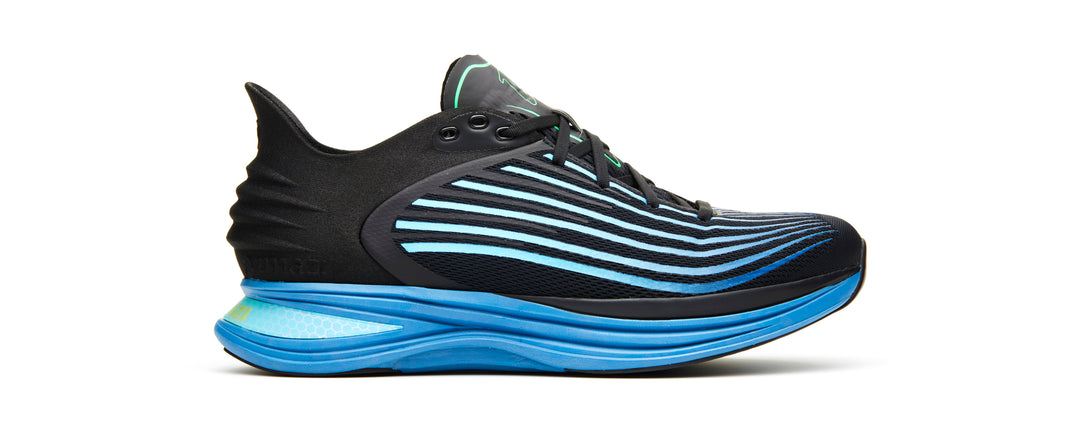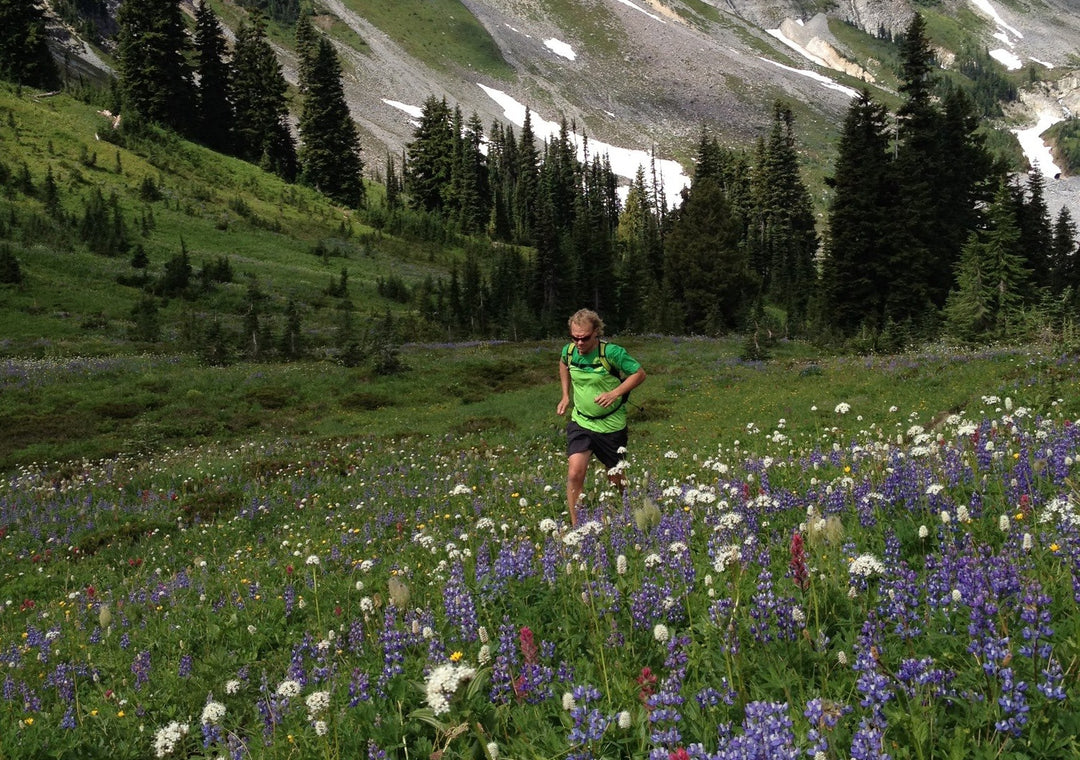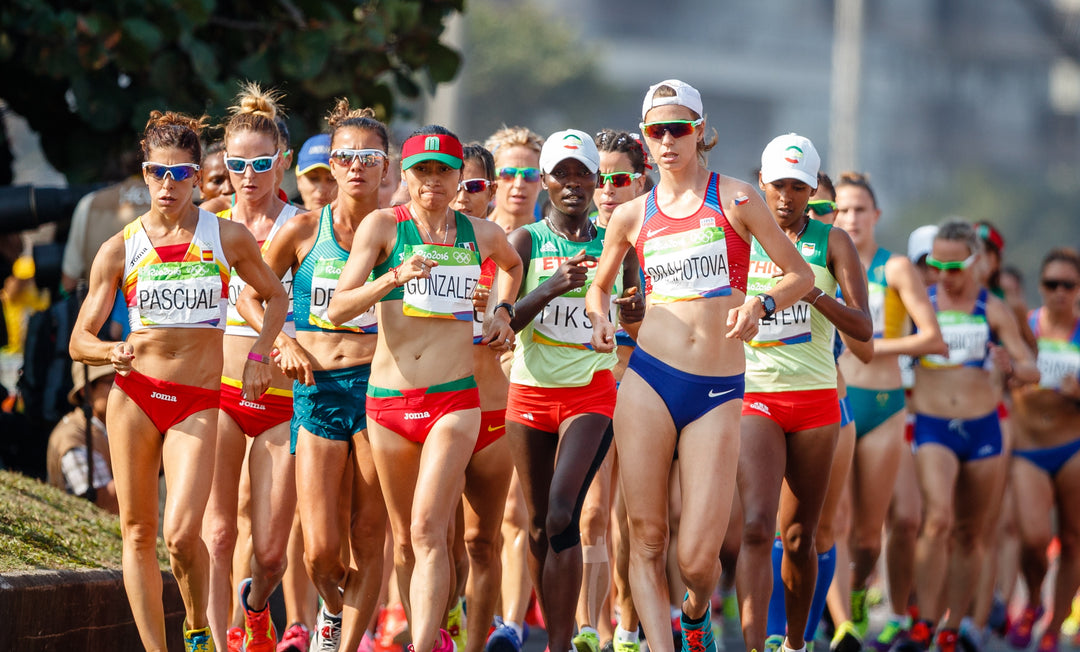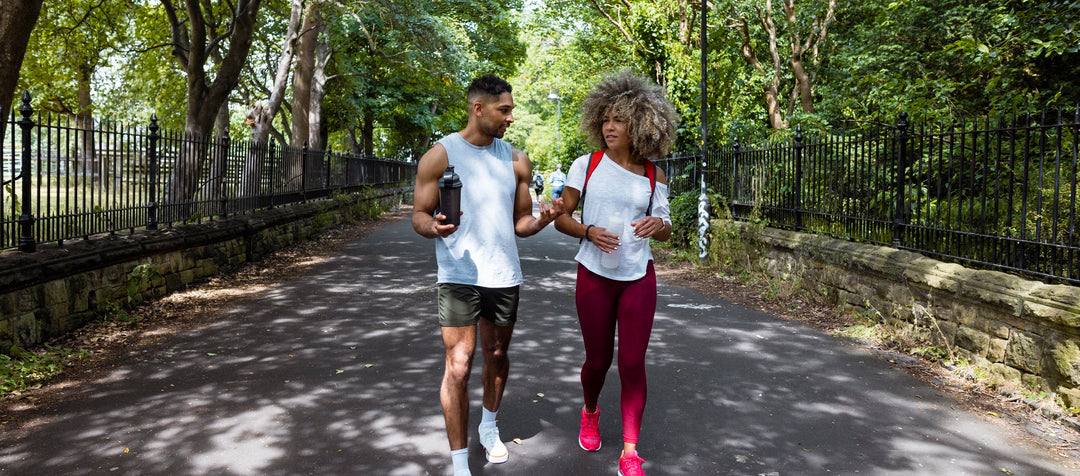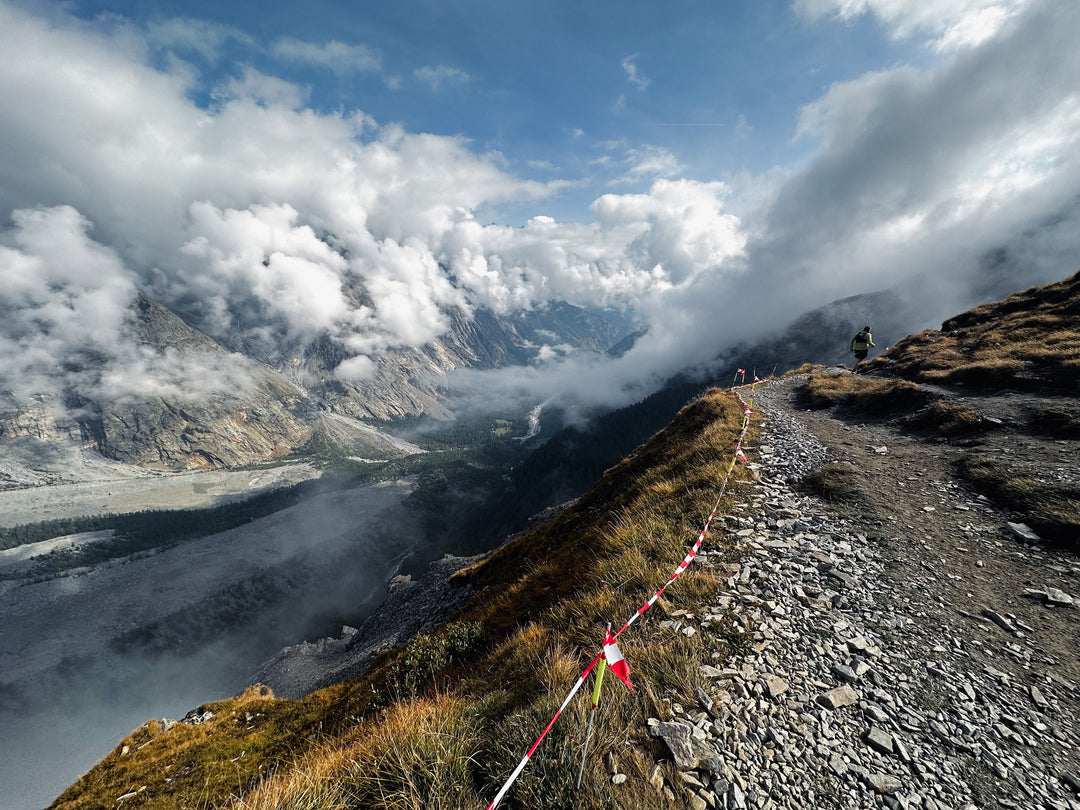Interview with Scott Tucker, Vimazi CEO and founder
WHAT PROMPTED YOU TO START VIMAZI AND MAKE PACE-TUNED SHOES?
I've been creating running shoes for over 25 years, and I am always striving to create something better than existed before. I didn’t, however, confront the problem of how the forces vary with pace until we all started hearing claims about super shoes and this thing called "shoe tech" around 2017. Evidence provided for those claims suffered from a causation fallacy and the core violated conservation of energy. It was too much illogical dissonance for me, and I wanted to figure out what, if anything, was actually going on.
I started looking into running forces from a mathematical perspective rather than an observational one. When I found the mathematical connection between force and running, the vision for how to make a better shoe just came to me. Pace-tuned shoes.
HOW ARE VIMAZI RUNNING SHOES DIFFERENT FROM OTHER SHOES?
Nobody else does anything like this. Vimazi is the first to systematically adjust midsole densities between pace zones as well as between heel and forefoot as a way to improve the running experience for all runners.
HOW IS EACH VIMAZI MODEL DIFFERENT FROM THE OTHERS?
As far as cushioning goes, each Vimazi shoe shares the same pace-tuned technology. For each individual shoe the heel area of the midsole is tuned to be softer than the forefoot area. Then each model is tuned differently from the other models according to the forces present within a pace zone.
Here’s what pace-tuning means for runners: maximum shock absorption on impact and minimum energy loss during push off. This may sound technical and abstract, so let me put it another way. A shoe just responds to the forces you put on it. So to make a shoe that performs the way you want it to (i.e. absorbing shock and providing an efficient, stable platform to push off of), you need to set the amount of compression (softness) to match the force in that part of the shoe. To the extent that other brands have different densities in the heel than the forefoot, they usually have it reversed with a harder heel and softer forefoot, which is the opposite of what you need as a runner.
WHAT WERE THE ACTUAL DISCOVERIES YOU MADE WHILE RESEARCHING IMPACT FORCES?
There are two gigantic discoveries about impact forces: The first is that the shape and value of the impact force over time can be calculated precisely from your run cadence, weight, and pace. Moreover, and this is crucial, there is a limit to how much you can cushion the impact. In other words, no matter how thick you make a shoe, it doesn't improve shock absorption beyond a certain point. We calculate that point precisely for each pace zone. Figuring out how to calculate impact force is a huge discovery of its own, but then realizing that there is a limit for shoe cushioning has practical significance to designing running shoes.
The second discovery is that impact forces cannot be stored like a spring and later returned back to the runner. This is counter to almost everything that's been written about running shoes. What is commonly referred to as "energy return" is physically impossible during running, no matter how slow or fast or uphill or downhill you go. This is a massive new understanding. With every step, the energy of impact has to go somewhere, and since it doesn't get temporarily stored in a spring, it gets dissipated as heat.
I'm fully aware that many people will object to this new discovery about impact forces, because springs and energy return have been assumed for many decades. However, the assumptions were never worked out mathematically and incorporated into a viable theory; instead the assumptions have been taken almost as fact and have remained as ideas floating about in biomechanical discussions.
ARE THERE DIFFERENCES OTHER THAN PACE-TUNING BETWEEN EACH OF YOUR MODELS?
As I was saying, the forces according to the pace zone determine the cushioning specs for each model. But we also tune the shoes for stability needs, traction, and durability. For example, the Z60 (8:30-10:30 min/mile) and Z70 (10:00-12:30 min/mile) have a wider base, more outsole coverage, and additional heel reinforcement as compared to the Z40 (6:15-7:45 min/mile) and Z50 (7:15-8:45 min/mile). This is because those features better suit the needs of runners who workout at those paces.
WHAT STAYS CONSISTENT BETWEEN ALL YOUR MODELS?
We worked really hard to make the fit consistent across the line. That way, when you find your size in one Vimazi model, you know it will be the same for all the other models. That's a super important characteristic, because many runners need several pairs of running shoes to accommodate their different workouts. If you wear the Z30 for your speed work, you know that you can run in the Z60 for an easier long run and it will fit your foot the same.
We also worked hard to keep the shoes as lightweight as possible, without having them wear out quickly. Due to the pace-tuned midsole and the strategic placement of high quality rubber on the sole, Vimazi shoes will generally last longer than other brands. No shoe is indestructible, but extending the life of a shoe by a couple hundred miles is a big deal.
More About Vimazi
Here’s what Vimazi does
We make pace-tuned running shoes that provide better cushioning and more efficiency than previous generations of running shoes.
The physics of pace-tuned shoes
Back in 2017, while Vimazi CEO Scott Tucker was running to his 6am interval workout, he had an idea. A shoe made for a specific pace, he thought, might offer better cushioning and more propulsive efficiency than a generic shoe that wasn’t “tuned” for a particular pace.
It took three years to fully understand the physics of human running, and the forces that are generated. When we finally understood the physics, we built an equation that defines running forces. We’re now able to calculate the exact impact force and propulsion force, in Newtons, for any pace, including variations for height, weight, and cadence. (A Newton is a metric unit of force.) Data from the Forces in Running study we conducted aligned with the force calculations we got from the physics. In other words, we know it works.
Knowing the precise impact and propulsion forces at each pace, allowed us to create shoe models for different pace zones. So our pace-tuned technology is based on pure physics. No hand waving, no conjecture, no correlative studies, no self-reported data sets, no marketing fluff. We started with the physics of human running, and it led us to pace-tuned shoes.
The problem with previous gen running shoes
Most running shoes have the same foam density from heel to toe, and they’re sold to runners of every pace. The trouble is that midsole foam can’t respond correctly to the forces at all paces, and it can’t even respond appropriately to the differences between impact and propulsion forces. To make sure you get all the cushioning you want as well as all the efficiency you deserve, you need a shoe that’s made for a specific pace zone and tuned differently in the heel than the forefoot.
The Vimazi solution
Our solution to this running shoe problem was to create something that's never been done before—pace-tuned running shoes. In 2023, after years of testing, we launched seven road shoe models that span paces from 4:30 minutes per mile to 15 minutes per mile (2:50-9:30 minutes per kilometer). By making a shoe for a specific pace zone, we’ve been able to deliver better impact cushioning and propulsion efficiency for every runner.
25 years experience
We’ve taken everything we learned making running shoes for 25 years—and running marathons for even longer—and elevated it to a whole new level with pace tuning. It offers a better and more personal running experience. We were instrumental in creating shoes for Montrail, Scott Sports, and Pearl Izumi. We learned even more while owning a specialty running store and organizing running events.
A marathoner’s fit
Running shoes can have the best tech, but if they don’t fit well, nobody will wear them. We wouldn’t either! Not only have we spent our careers perfecting innovative fit technologies at other companies, notably at Montrail, we’re also life-long marathon runners ourselves. So we understand fit and know how critical it is, from heel to toe. Each of our models has been painstakingly designed and built with the perfect fit in mind. They’ve also been extensively road tested since 2019, including at the Boston, London, Portland, Missoula, San Antonio, and Two Oceans Marathons. We think you’ll love them.





